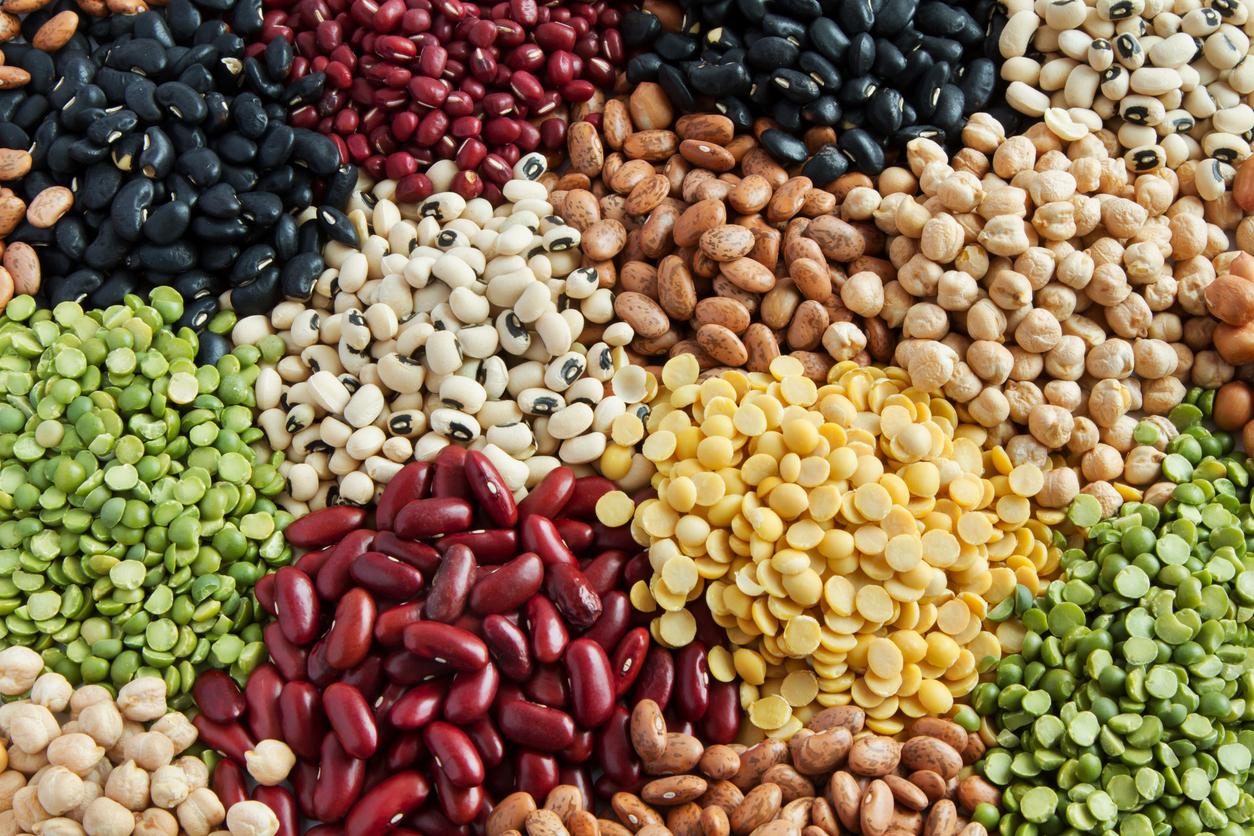This increased risk of asthma attacks at night and during exercise is linked to the presence of chemical compounds from cooking.

- The increased risk of asthma is linked to the presence of chemical compounds resulting from overcooking
- In France, asthma affects one in ten children
Our diet influences our state of health. It is important to avoid products that are too fatty, too sweet or too salty, but also too meaty. Researchers from the Mount Sinai School of Medicine conducted a study on the links between meat consumption and asthma in children. According to their conclusions, it increases the risk.
The harmfulness of advanced glycation products
When meat is cooked for a long time, it creates advanced glycation products (AGEs): these chemical compounds are linked to a chemical reaction between protein residues and sugar. They have long been accused of causing health problems. In 2014, a report by the National Academy of Pharmacy recommended not cooking food above 120°C to reduce the risks, because AGEs have deleterious effects on the eyes, blood vessels and kidneys.
Asthma attacks that require treatment
In this new research, the American scientists wanted to understand what was the impact of these chemical compounds on the respiratory health of the youngest. They followed more than 4,300 children, aged 2 to 17, over a three-year period. The team observes that high consumption of EFAs is associated with a higher risk of asthma, in particular attacks at night or during exercise. The latter two generally require medical monitoring and treatment. When they analyzed more precisely the links between meat consumption and these respiratory pathologies, they realized exactly the same observation, “regardless of the quality of the diet in general“, specifies Jing Gennie Wang, author of the study.
A common chronic disease in children
Asthma is a chronic disease, linked to an inflammation of the lining of the bronchi. It manifests itself in the form of a crisis where the person can no longer breathe properly. The causes of the pathology are diverse: they are genetic in some people, sometimes linked to the environment or to allergenic factors. In France, 10% children would be affected.

.
















